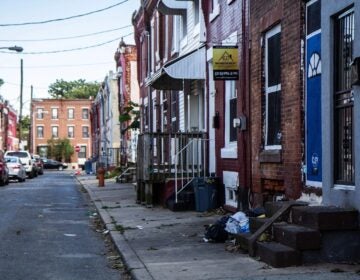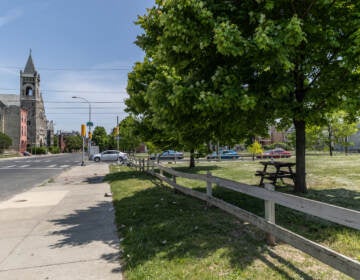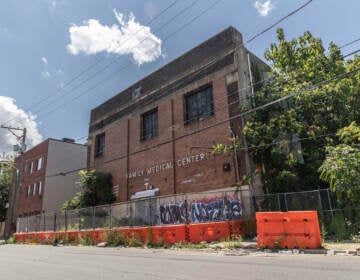Darrell Clarke proposes ban on roof decks and certain building materials in gentrifying Strawberry Mansion
The legislation would shape and limit development in the increasingly desirable section of the North Philadelphia neighborhood.
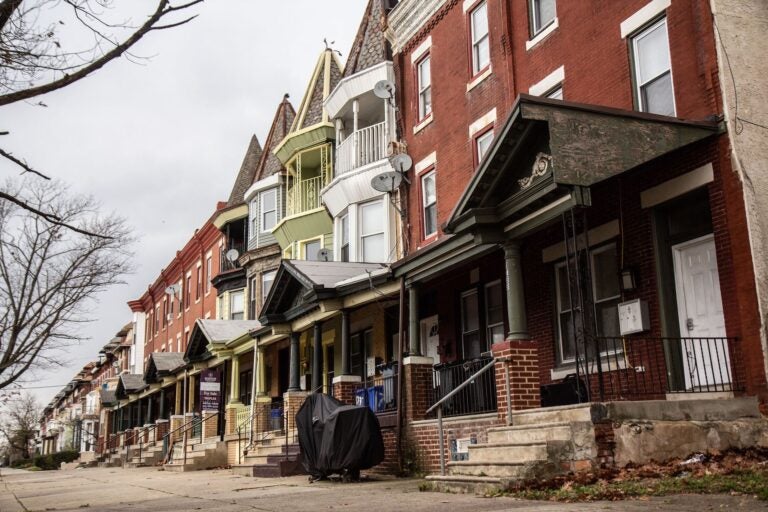
Homes across from Fairmount Park at 33rd and Clifford streets. (Kimberly Paynter/WHYY)
City Council President Darrell Clarke wants to help preserve a section of Strawberry Mansion before developers get to it.
“I’m absolutely committed to working with the residents to maintain its character as a tight-knit neighborhood of rowhouses in the heart of North Philadelphia,” said Clarke.
Clark grew up in the neighborhood east of Fairmount Park and north of fast-gentrifying Brewerytown and has represented the neighborhood since 1999. Now he is working with community leaders to pass a bill that would guard against change in the historic heart of the neighborhood through the creation of a Neighborhood Conservation Overlay District.
The district would be the first one in North Philadelphia, spreading a preservation strategy that has helped neighborhoods including Queen Village and Powelton Village maintain their historic charm in the face of development pressures.
“We have unique housing in Strawberry Mansion,” said Tonnetta Graham, a longtime resident and president of the Strawberry Mansion Community Development Corporation. “When you are in on these blocks coming through Strawberry Mansion you can see the continuity of the community… That’s what people want to be able to recognize and preserve.”
The district’s creation would allow Strawberry Mansion to enforce neighborhood-specific building regulations to retain the historic character of the neighborhood where some of the housing stock goes back more than 100 years. It would restrict building height and also ban the use of building materials such as vinyl, stucco, horizontal aluminum, and concrete masonry units on building facades.
Roof decks would also be prohibited — a harsh rebuke to developers who increasingly rely on the Instagrammable amenity to attract buyers willing to pay premium rates for the open-air skyline access. In lieu of the elevated outdoor space option, porches spanning the width of the front facade with a minimum depth of six feet would be required.
The proposed NCO restrictions would cover residential structures within the area bounded by Lehigh Avenue, 29th Street, Sedgley Avenue, Montgomery Avenue, Conrail Right-Of-Way, Oxford Street, and 33rd Street.
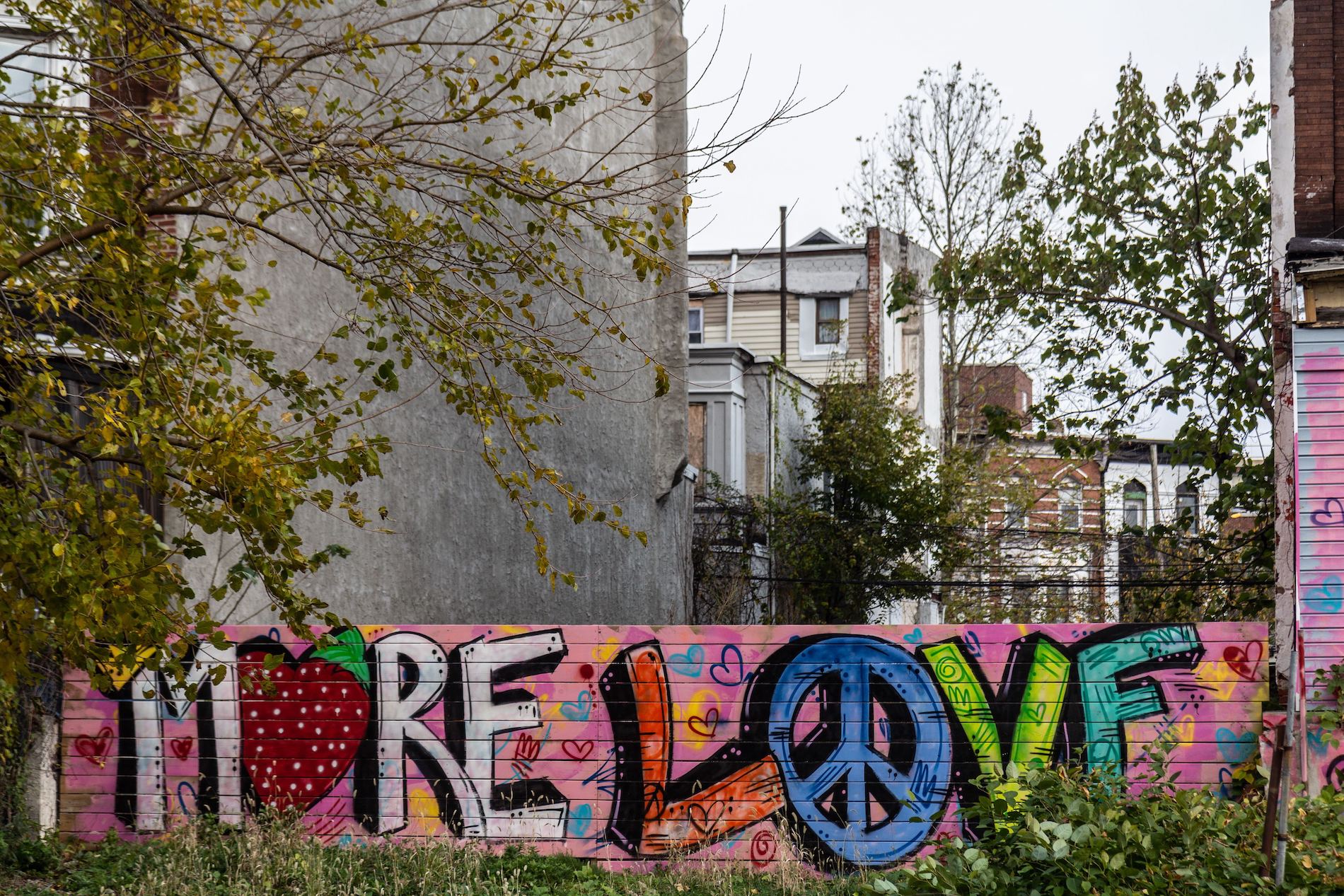
Overlooking Fairmount Park and the recently revitalized Strawberry Mansion Reservoir with its $18 million Discovery Center, the area has drawn developers who see an opportunity to renovate the historic stock into homes that can sell at premium rates rarely seen before in the area. One renovation on the 3100 block of Montgomery Street recently sold for $425,000 with the listing touting its “classic” facade and trendy interior complete with quartz countertops, reclaimed wood and rain showerheads in a lux bathroom complementing a master bedroom suite designed to occupy the entirety of the third story. A nearby rowhouse with a roof deck that would be verboten under the new code sold recently for $370,000.
A battle that goes beyond aesthetics
Logan Kramer is the founder and CEO of Design Pro Development LLC, a Brewerytown-based company with 30 residential units in the area and plans to build 300 more over the next five years. Its website lists two residential buildings that fall within the proposed NCO.
The 26-year-old Brewerytown resident said he is currently under contract for an additional 100 residential units that fall within the overlay’s boundary, but the potential designation could spoil things.
“I’m not one to ever back out of a real estate deal, and I feel really, really bad, but I’ve also never had legislation happen, you know, in the middle of a real estate transaction, either,” he said.
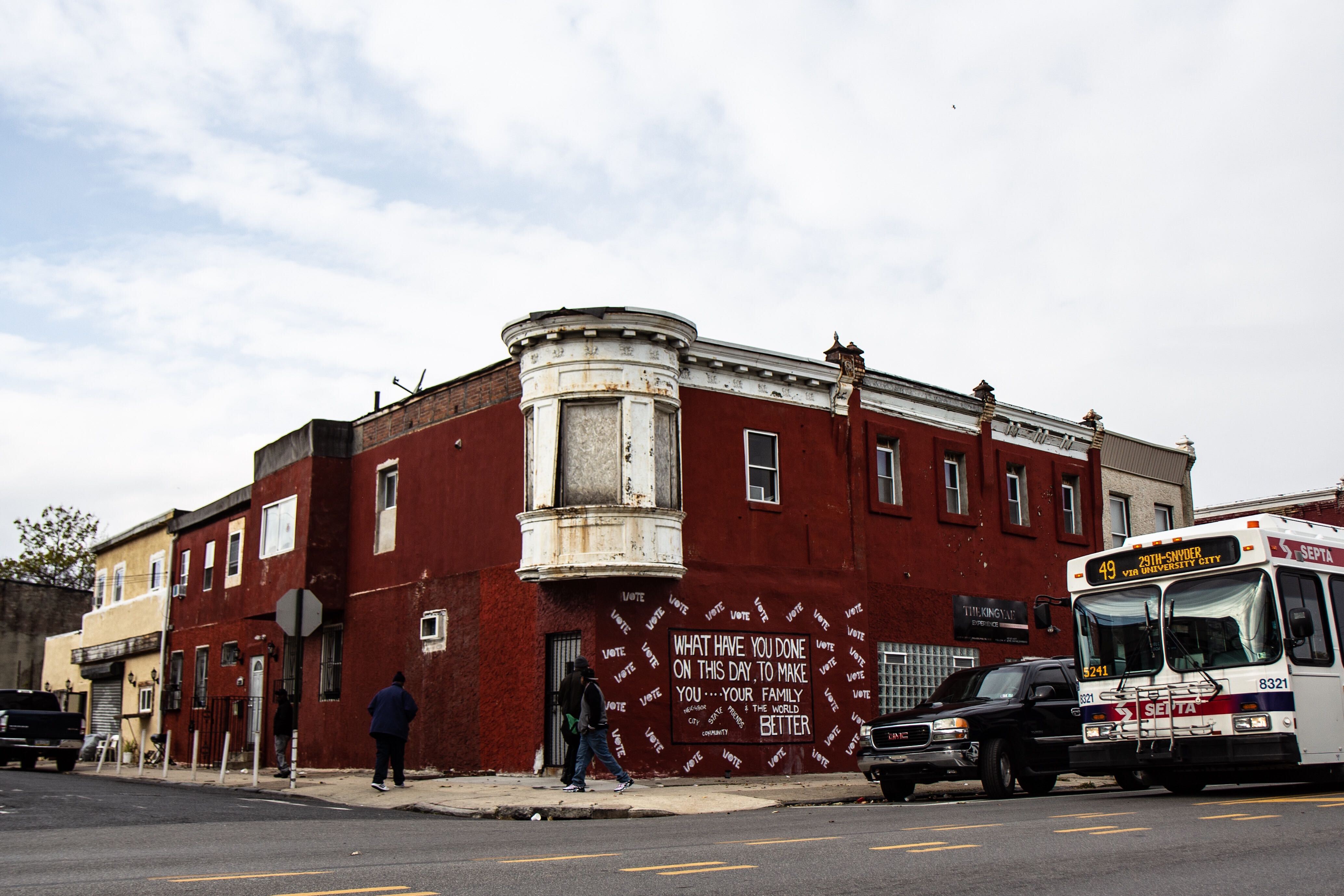
Under the proposed regulations, homes on streets between 50 feet and 75 feet wide can’t rise higher than 35 feet, about three stories. Those on streets less than 50 feet wide are restricted to a height of 25 feet, about two stories. The limitation would stymie the construction of supersized rowhouses like those that have transformed gentrifying areas like Northern Liberties and Point Breeze, where City Councilmember Kenyatta Johnson tried to institute height limitations in 2018 through an overlay that did not advance. Last year, Johnson introduced another bill aiming to ban bay windows, another aesthetic hallmark of the past few year’s renovation booms. That bill also failed to pass into law after loud opposition from developers as well as Kenney administration officials who said it would be impossible to enforce.
In Brewerytown, Kramer said he has put other developers on notice about the resolution, saying the NCO could drive up their development costs, essentially discouraging future projects. With their help, Kramer plans to create a legal defense fund to fight the bill should it pass.
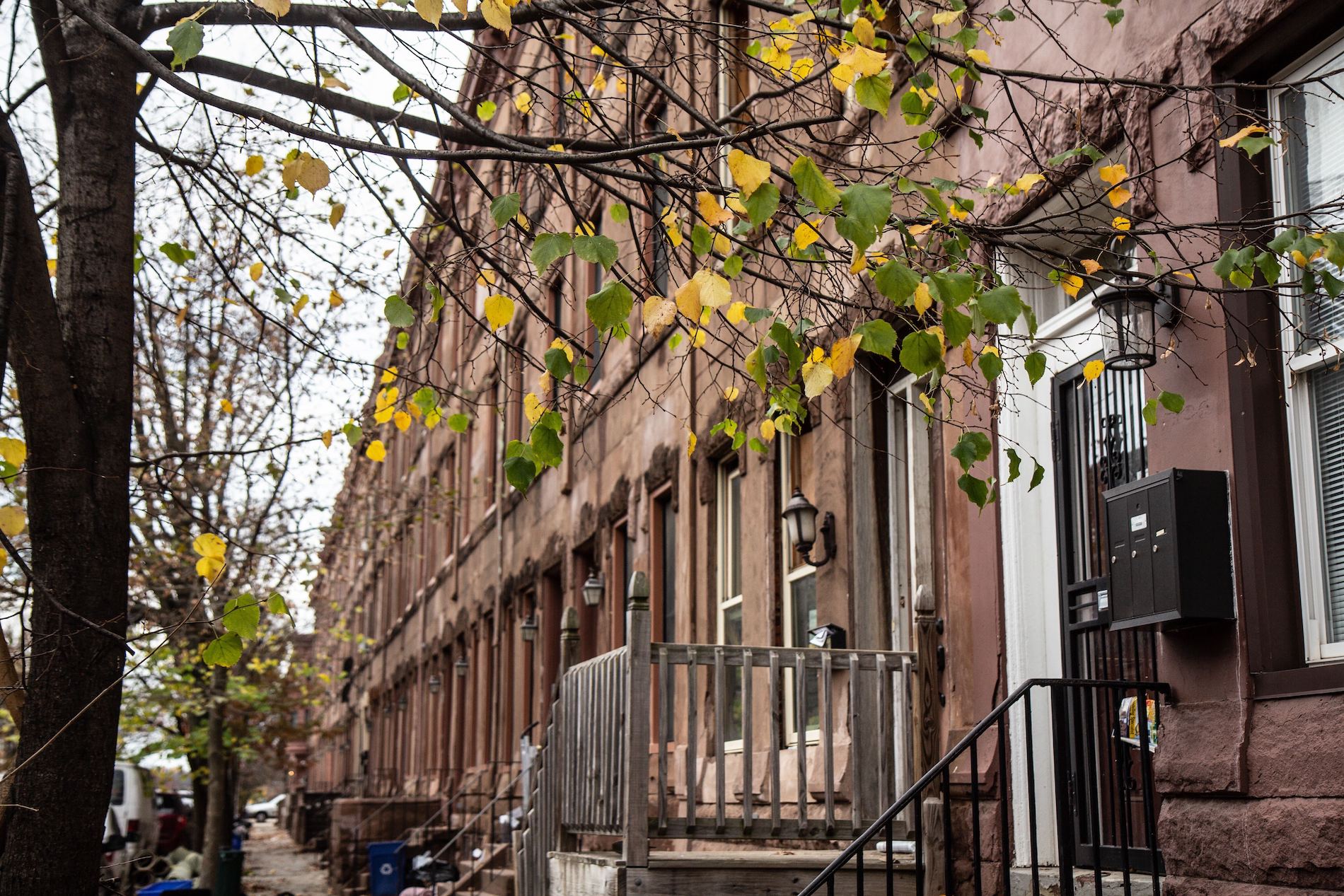
In addition to the court battle, Kramer plans to “campaign all over Strawberry Mansion.”
“If it gets approved, it’s the most damaging thing that’s ever happened, in my opinion, in Strawberry Mansion’s legislative development track,” said Kramer. “It’s just awful.”
Graham, the Strawberry Mansion resident, said she’s already gotten an earful from developers. Their opposition doesn’t sway her.
“They’ve been doing neighborhood planning without the neighborhood,” Graham said. She added that she hopes the overlay can stop the onslaught of “metally, plastic-y looking-like materials” emblematic of much of the new construction in the city and allow residents to “have a voice in what’s happening in some of the developments.”
This is not the first time Kramer and Graham have found themselves at odds. The Philadelphia Inquirer recently reported on community outcry after residents learned one of Kramer’s coming projects at 29th and Diamond streets will block part of a three-year-old mural of jazz great John Coltrane, who once called Strawberry Mansion home.
Kramer agreed to donate $25,000 to replace the mural, but the incident highlighted the conflict between new development and cultural preservation via murals. Graham said residents saw the move as an affront.
“That’s a classic example of why the NCO is needed,” Graham said. “Because we don’t want to lose our cultural assets and we want to try to maintain the best characteristic of our housing stock.”
A preservation strategy new to North Philadelphia
Queen Village became the first neighborhood with an NCO in 2008 and there have been five more added in neighborhoods throughout the city including Powelton Village, Overbrook Farms, Roxborough and Wissahickon.
Compared to other neighborhoods in the city with NCOs, Strawberry Mansion has the highest percentage of Black residents. Census data shows tracts that cover the proposed NCO have a Black population of between 86% and 97%. They also have some of the highest rates of poverty ranging between 42% and 49%.
Between 2000 and 2017, Strawberry Mansion lost more than 15% of its population in the 19132 ZIP code and at least 5% in the 19121 zip code, according to Pew’s 2019 State of the City Report.
Despite its struggles, Graham said Strawberry Mansion is an established community where many residents have lived for decades and nearly half own their homes. “We don’t want to be planned for, we want to be part of the plan,” she said.
The bill, introduced on Nov. 12, could get its final council vote by early next month. Once the bill reaches a vote, it is unlikely to fail because of the tradition of councilmanic prerogative where councilmembers defer to district representatives on such land use matters.

Subscribe to PlanPhilly
WHYY is your source for fact-based, in-depth journalism and information. As a nonprofit organization, we rely on financial support from readers like you. Please give today.




